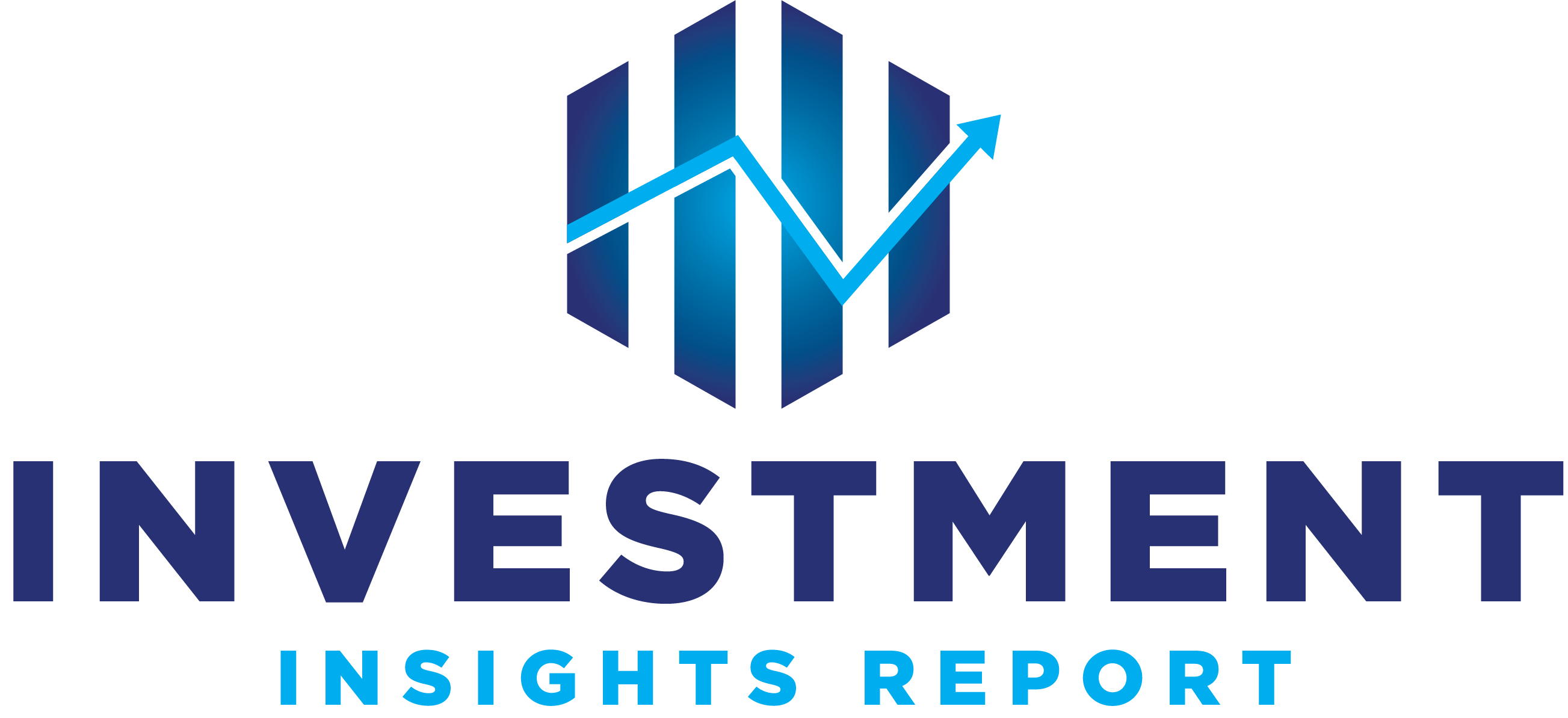By Stephen Nellis
(Reuters) – Adobe on Wednesday released the first public version of an artificial intelligence tool that can generate video clips and revealed how much it will charge, but said it will not set pricing for major users such as studios until later this year.
The Firefly Video Model, as Adobe is calling the service, will compete against Sora, a model developed by ChatGPT creator OpenAI, and startup Runway, both of which currently offer video-generation services. Facebook owner Meta Platforms has also developed a video-generation AI model but has not given a timeline for when it will be released.
Adobe’s model differs from its rivals because it is geared toward generating clips that will fit into how film and television studios use Premiere Pro, its flagship video editing software.
To that end, many of the features that Adobe is emphasizing revolve around feeding existing shots into the video model and asking it to generate clips that fix or expand on shots that were taken on a real production set but that did not come out quite right.
Adobe said the service will generate five-second clips at 1080p resolution. While that is shorter than the clips of up to 20 seconds generated by OpenAI’s service, Adobe executives said the majority of individual clips in most productions are only three seconds.
Adobe said a user can generate 20 clips per month for $9.99 and 70 clips for $29.99. That compares with 50 videos for $20 per month with OpenAI’s plan at lower resolution and a $200 OpenAI plan that can handle longer, higher resolution videos.
Adobe is also working on a “Premium” pricing plan for studios and other high-volume video users and will release those pricing details later this year. Alexandru Costin, Adobe’s vice president of generative AI, said the company is working to generate 4K video and will remain focused on quality rather than longer clips.
“We actually think that great motion, great structure, great definition scheme, making the actual clip look like it was film, is more important than making a longer clip that’s unusable,” Costin told Reuters.
(Reporting by Stephen Nellis in San Francisco; Editing by Sonali Paul)




